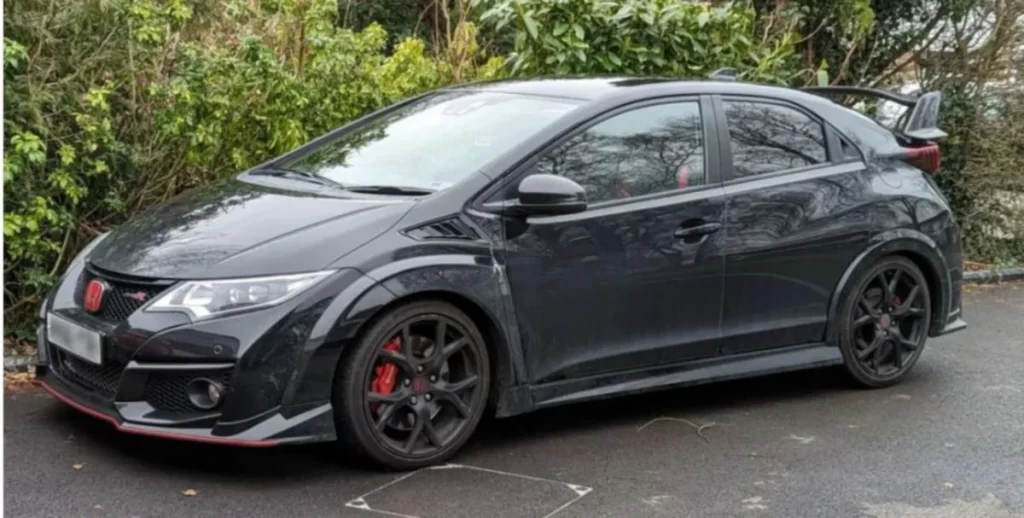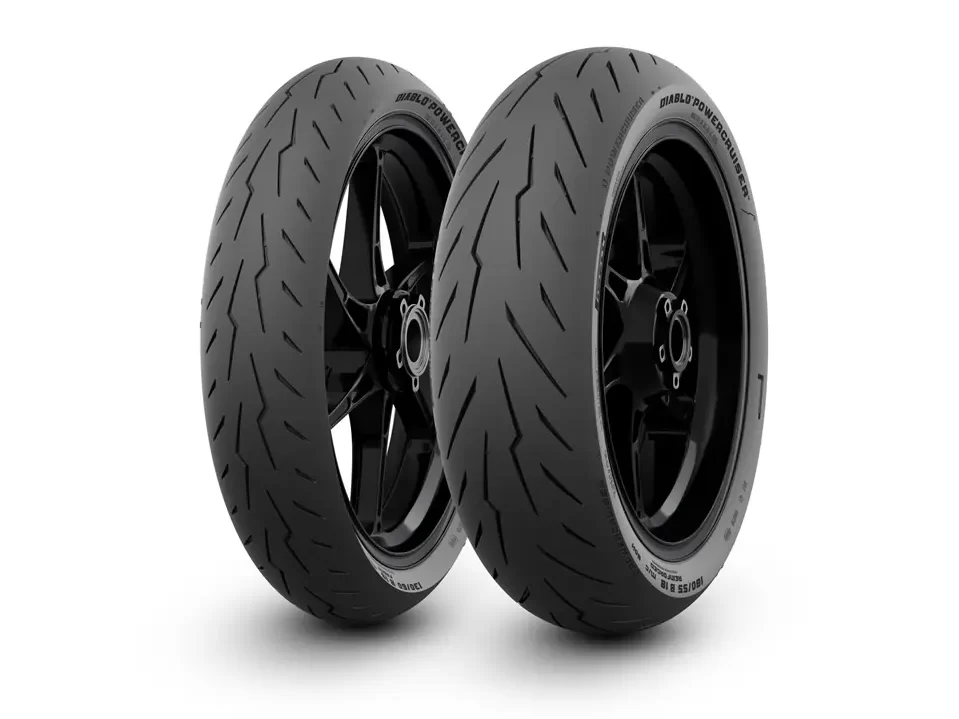
TOKYO, Japan, September 26, 2011 – Honda Motor Co., Ltd. has announced its development of an engine with enhanced durability, quietness, and fuel economy. The engine is developed for next-generation 125cc scooters and accommodates an advanced idle stop system for motorcycles. Fuel economy is approximately 25%* better than that of conventional engines for scooters with the same displacement. This liquid-cooled, 125cc, 4-stroke, single-cylinder engine incorporates a wide range of low-friction technologies while packing its lighter weight in a more compact body.  This new engine will be mounted on a variety of 125cc scooters to be sold in many countries around the world and is planned for global rollout starting from 2012.
This new engine will be mounted on a variety of 125cc scooters to be sold in many countries around the world and is planned for global rollout starting from 2012.
This new engine was developed to offer highly convenient and attractive 125cc scooters, a vehicle used by many customers for commuting in various countries around the world, while reducing CO2 emissions on a global scale, through the further enhancement of engine performance and fuel economy.
Development was performed to meet these requirements:
- Powerful output and greater durability with an emphasis on practicality
- Excellent fuel efficiency suitable for the next-generation global-standard engine
- Contributing to CO2 reduction on a worldwide scale by applying to global models
- Realizing an affordable price
To achieve the engine’s excellent fuel efficiency, Honda incorporated a broad spectrum of new ideas to thoroughly reduce friction. Low-friction technologies such as an offset cylinder and a roller rocker arm are supplemented by such techniques as intelligent control to lessen friction during power generation and the first adoption of a shell-type needle bearing for the rocker arm shaft.
- *
- Honda calculations
= Main Features of the New Engine =
 Adoption of a wide range of low-friction technologies
Adoption of a wide range of low-friction technologies
- Offset cylinder reduces friction caused by the contact between the sliding piston and the cylinder.
- Piston weight has been thoroughly reduced through CAE analysis.
- A spiny sleeve with minute spines on the outer surface of the cylinder sleeve has been adopted to reduce oil consumption and improve cooling performance.
- A shell-type needle bearing is used for the rocker arm shaft to reduce friction.
- Smaller and lighter rollers together with an optimized cam profile and valve spring load.
- Radiator core with high cooling efficiency has been adopted (approximately 1.5 times the efficiency of current models). This enables a smaller and lighter cooling fan on the back of the radiator and reduces friction loss by approximately 30%.
- Transmission oil capacity is reduced 25% compared to current 125cc engines through modifications inside the transmission case in order to lower the oil agitation loss.
- Bearings for each of the three axes in the transmission unit are exclusively designed according to the load received, resulting in an optimal set of specifications that lessen the rolling resistance inside the bearings. Friction loss has been cut by approximately 20% compared to the current engine (when running at 50km/h).
 Excellent combustion efficiency
Excellent combustion efficiency
- A compact combustion chamber design incorporates burning velocity and cooling performance suitable for an engine that emphasizes torque characteristics in the rpm ranges actually used by a 125cc scooter.
- The air intake port connection to the combustion chamber has been redesigned into a smoother shape that does not impede the flow of the fuel-air mixture.
- Optimal ignition timing is set due to improved knocking resistance created by a highly efficient radiator and a water jacket that efficiently cools the combustion chamber.
 Intelligent electronically-controlled ACG starter
Intelligent electronically-controlled ACG starter
- Smooth and remarkably quiet start has been realized through an electronically-controlled ACG starter, which serves as both a self-starter and a dynamo. An advanced idle stop system has also been realized.
- Intelligent electronic control improves fuel efficiency through the reduction of friction during power generation.
- A swing-back that returns the crank to its position before air intake is electronically controlled for easy restart, while a decompression mechanism mitigates cranking resistance arising from compression during engine start.
 Excellent transmission efficiency
Excellent transmission efficiency
- A wide-ratio continuously variable transmission with V-belt (V-Matic) utilizes a drive belt made of newly developed high-elasticity rubber. Both excellent fuel efficiency and quietness are achieved through the efficient transmission of driving force by optimizing the lateral pressure applied to the belt, along with the durability of the belt.















